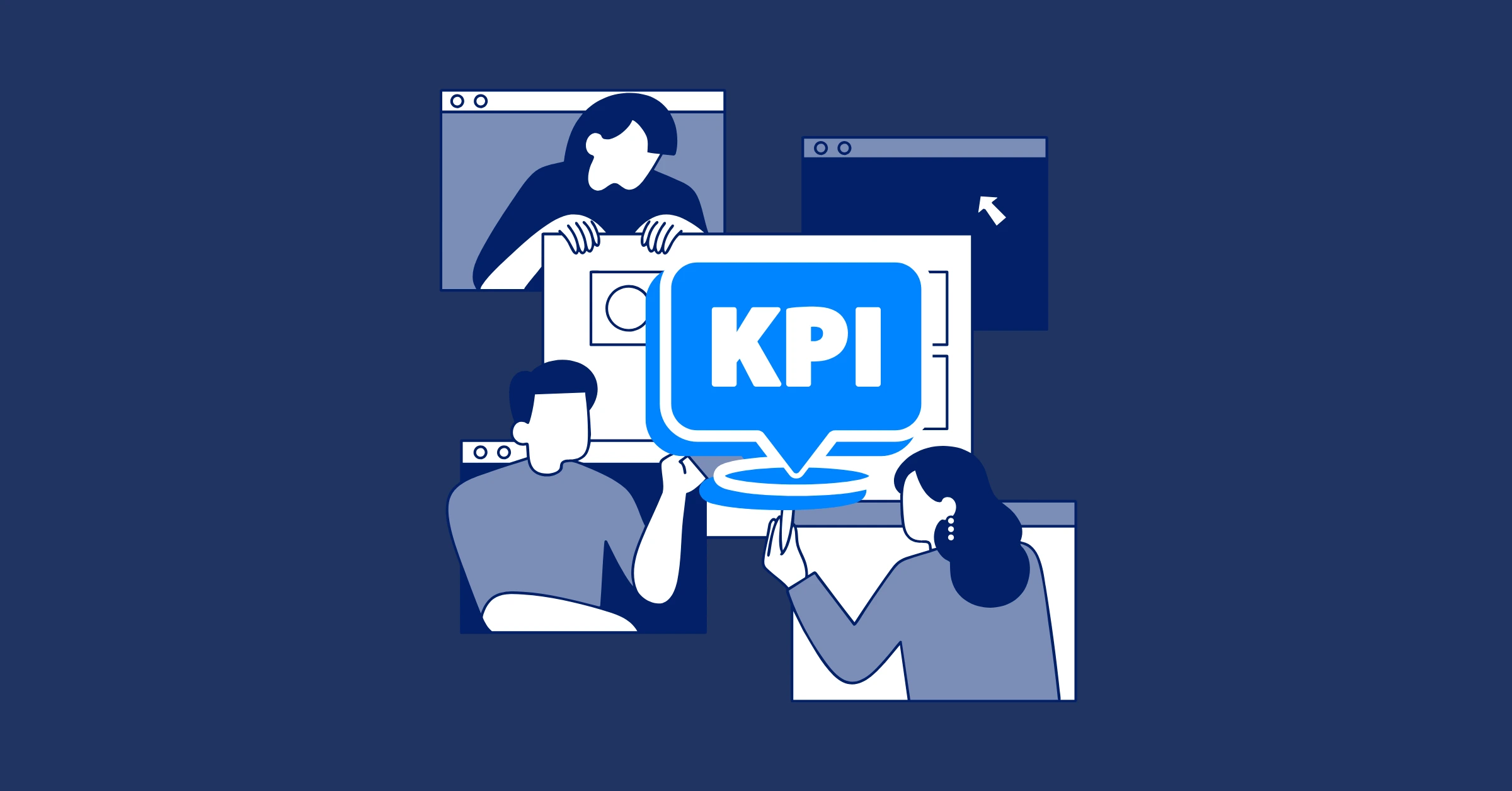How to Get Status Updates from Engineering Teams Without Losing Your Mind
Discover practical tips to streamline status updates from engineering teams, handle blockers effectively, and adapt to your team’s vibe to keep projects on track.
As a project manager, getting status updates from engineering teams can feel like herding cats - everyone’s busy, and no one wants to stop coding to write a report. But clear updates are the glue that keeps projects on track, stakeholders happy, and your sanity intact. Here’s a friendly guide to getting those updates without making your team feel like they’re drowning in "useless overhead."
Read more: How Agile Project Management Software Helps Track Developer Performance: 5 Tools to Know
Why Updates Matter (and How to Sell That to Your Team)
Engineers often see status updates as busywork, especially if they’re knee-deep in code. To get buy-in, show them why updates are valuable. For example, explain how your updates prevent random stakeholder pings or surprise meetings that interrupt their flow. As one Reddit commenter wisely put it, “Project managers make life easier by being the buffer between engineers and the chaos of the org.” Frame updates as a way to protect their time, not steal it.
Try saying: “These updates help me keep the higher-ups informed so they don’t barge into your day with questions. A quick note from you saves us all from a 30-minute meeting.”
Keep It Simple and Lightweight
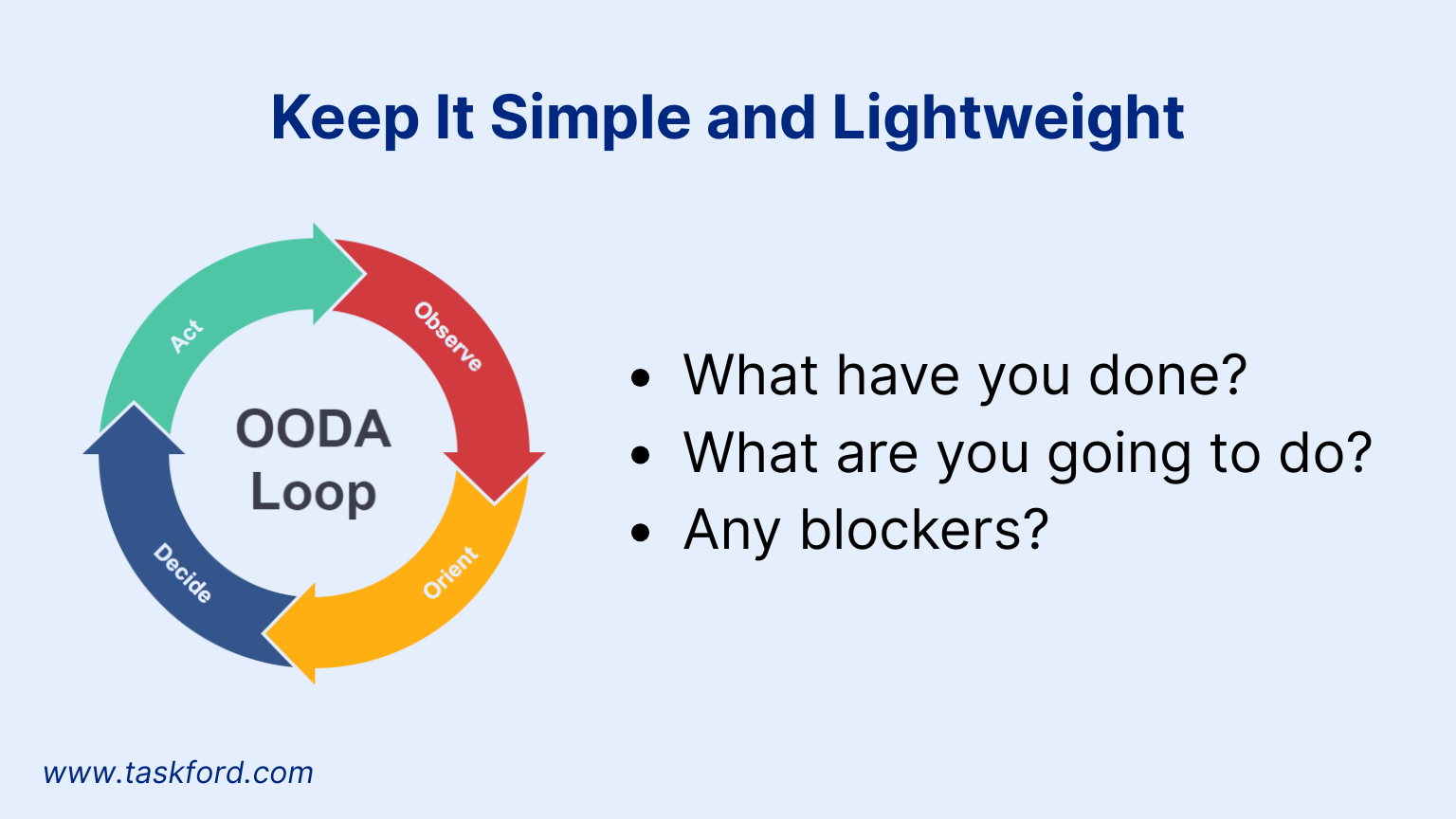
Nobody wants to write a novel for a status update. A good rule of thumb is to make it perceived as easy. One approach that most people love is the OODA loop style update:
- What have you done?
- What are you going to do?
- Any blockers?
This format is short, sweet, and to the point. You can ask for it in a field on your project management tools (like a comment on a Jira ticket, or tasks on Asana) or a quick Slack message. The key is consistency - set a clear expectation, like a daily or weekly update, and stick to it.
For example, asking teams to drop a quick update in a dedicated Slack channel by EOD Friday. Something like: “Finished the API integration. Working on testing next. Blocked by missing creds from the devops team.” Takes 30 seconds, and everyone’s on the same page.
Ditch the Free-Form Meetings

If your team’s stuck in a weekly “go around the room and ramble” meeting, it’s no wonder updates feel like a chore. These meetings don’t scale, and they often turn into a time sink where people zone out. Instead, try a structured stand-up (15 minutes max) with the OODA format. Or better yet, move to written updates to save time for actual discussions.
There is a great tip: scale back meetings as trust builds. Start with daily stand-ups, then move to thrice weekly, twice weekly, or even once a week if the team’s delivering reliably. The goal is to let engineers focus on engineering, not talking about it.
Use Tools Wisely (But Don’t Overdo It)
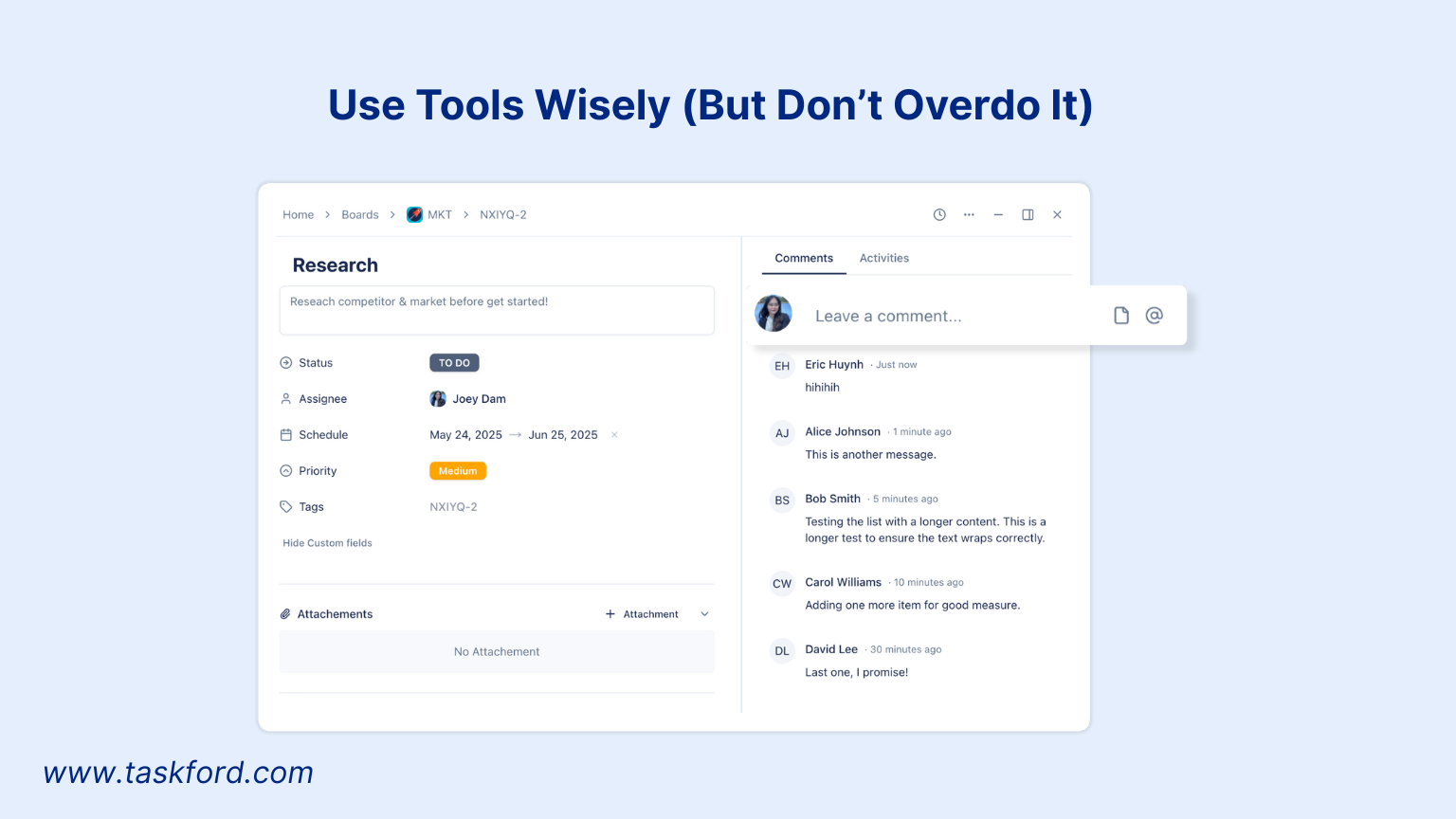
If your team’s already using Jira or any other tool, leverage it. Ask for updates in a specific ticket field or a shared dashboard. But don’t force engineers to live in these tools if they’re not already using them—it can feel like micromanaging. Instead, meet them where they are, whether it’s Slack, email, or another platform, and transfer the info to the tool yourself if needed.
Pro tip: If you’re pushing for written updates in a tool, lead by example. Update your own tasks first, and gently nudge the team to follow suit. It’s about building a habit, not policing. It’s about building a habit, not enforcing rules.
Build Trust and Context

Engineers sometimes resist updates because they don’t see the big picture. If they’re in a “walled garden,” they might not realize how their work fits into the broader project or why leadership cares. Share context to make updates feel meaningful.
For example, on a project where a feature cut a customer service task from 6 minutes to 30 seconds, sharing that data with the team (along with a rep’s feedback of “This will fricking rock!”) sparked excitement. Suddenly, updates weren’t just paperwork—they were a chance to showcase impact.
Try this: At the start of a sprint, share the “why” behind the project. If possible, bring in user or stakeholder feedback after a feature goes live. Engineers love data and real-world impact, so provide it.
Handle Blockers with Care
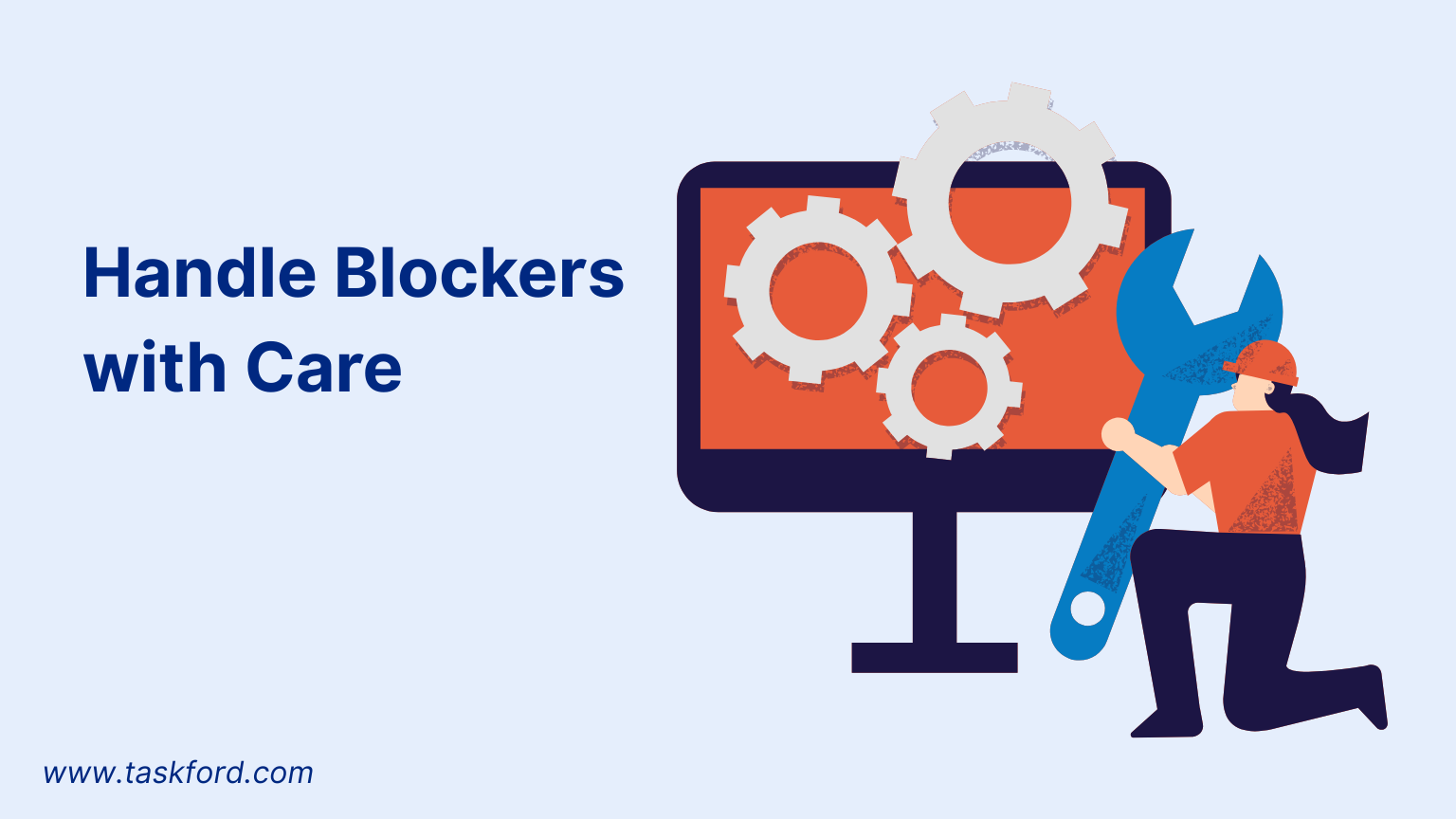
Blockers are critical moments where status updates prove their worth. A simple “I’m stuck because X” can kickstart a conversation that unblocks hours or even days of stalled progress. Encourage engineers to flag blockers early by creating a safe environment where they feel comfortable admitting challenges without fear of judgment. Make it clear the role is to help resolve issues, not to assign blame. For instance, if an engineer reports being blocked by a dependency issue, step in to coordinate with the relevant team or escalate the issue to the right person.
Be proactive—check in after a blocker is reported to ensure it’s resolved, and follow up with the engineer to confirm they’re back on track. This builds trust and shows the team that updates aren’t just paperwork; they’re a tool to keep the project moving. For example, setting up a dedicated “blockers” channel in Slack or a weekly “blocker buster” meeting can make it easier for engineers to raise issues and see quick results, reinforcing the value of sharing updates.
Adapt to Your Team’s Vibe
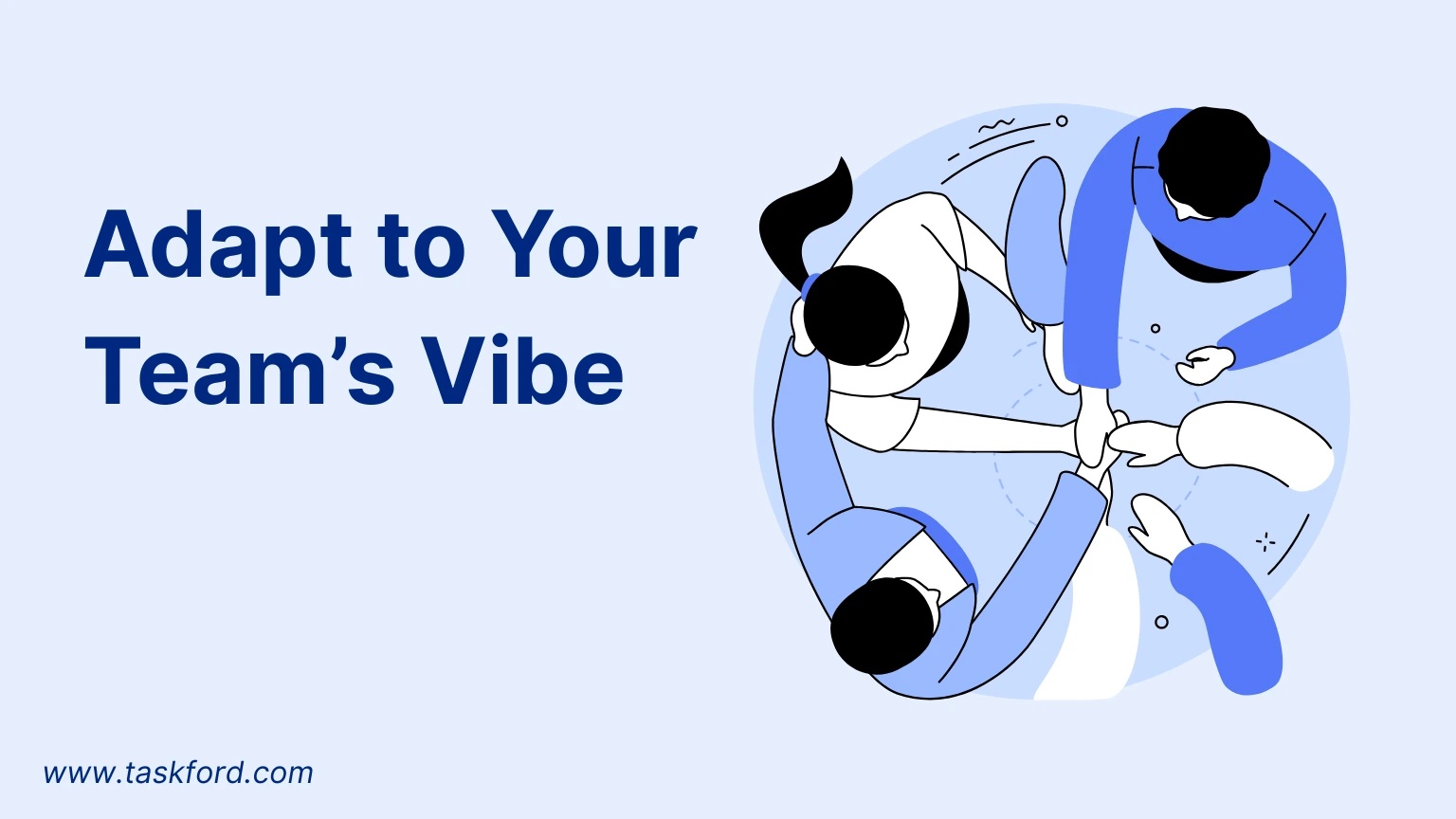
Every engineering team has its own personality and work style. Some teams are rockstars - delivering on time, proactively flagging issues, and needing minimal oversight. For these teams, lighten the touch: a weekly chat or a quick written update might be enough to stay in sync. Other teams, especially those with a history of disorganization or high-profile mistakes, require more structure. Start with frequent check-ins, like daily stand-ups, to establish clarity and accountability.
As trust and organization improve, gradually scale back the frequency of updates. For example, transition from daily to thrice-weekly check-ins, then to twice-weekly, and eventually to a single weekly update if the team proves reliable. This approach respects the team’s ability to self-manage while ensuring nothing slips through the cracks. Pay attention to the team’s culture - some may thrive with informal Slack updates, while others need the structure of a tool like Asana or ClickUp. The key is to stay flexible and adjust based on what keeps the team productive and engaged.
Final Thoughts
Getting status updates from engineering teams doesn’t have to be a battle. Keep it simple, show the value, and build trust. Whether it’s a quick comment, a Slack message, or a short stand-up, the goal is to make updates feel like a small lift that saves everyone time. And don’t forget to share the wins - engineers love knowing their work makes a difference.
What’s worked for you? Got a team that’s tough to crack? Let’s swap stories!
Making work simpler,
smarter, and more connected
Join our waitlist and be notified first.

Subscribe for Expert Tips
Unlock expert insights and stay ahead with TaskFord. Sign up now to receive valuable tips, strategies, and updates directly in your inbox.




